6 Social Media Metrics Every Business Should Track
The majority of your customers have social media profiles. And, to reach out to them, you need to be there, too. However, promoting your business on social networks is not just about targeting everyone you come across and sharing a bunch of random statuses and content. To make your content resonate with your target audience, you need to have a strategy. Most importantly, you need to measure the effectiveness of your strategies.
Unfortunately, this may seem simpler than it really is.
According to the 2017 Social Media Marketing Industry Report, more than 87% of marketers don’t know what their most profitable social media marketing strategies are.
And, this happens for two reasons.
First, they’re not tracking any social media metrics.
Second, they’re tracking the wrong metrics.
This prevents them from detecting the major problems in their campaigns and resolving them to meet their customers’ needs.
With this in mind, I created a list of 7 social media marketing metrics every business should track.
1. Track your Click-Through Rates and Bounce Rates Simultaneously
In the world of social media, the click-through rate (CTR) is definitely one of the most prominent metrics. It tells you whether you’re targeting the right people and whether your social media efforts resonate with them. However, the CTR alone is not enough, as it doesn’t tell you whether those people who land on the desired page convert or kick it immediately.
This is why you need to compare it with your bounce rates.
In this case, the bounce rate can be defined as the percentage of visitors that arrive on your site by clicking the link you shared on social networks and then abandon it after viewing just one page.
But, you may now ask yourself what all this has to do with social networks, since the bounce rate is related to your website bounces. The answer is simple- you can use Google Analytics to compare the traffic that comes from your social networks with other traffic sources (search engines, paid ads, direct visits, etc). If you see that your social media bounce rate is lower when compared with other sources, this means that you’re addressing the right target audience and that the traffic generated from these channels valuable to your business.
2. Analyze your Share of Voice
To see what your target audience thinks about you and how much they talk about you, you need to track their discussions in real-time. This is called social media listening and there are numerous social media monitoring tools that will help you perform it. The idea behind all this is simple- whenever someone mentions you on social networks, these tools will let you know about it.
But, what if told you that there is a way to take your social media mentions to the next level with a metric called social share of voice? This is one of the most significant KPIs, telling you how well your brand is performing on social networks, compared with your competitors. In other words, it tells you how much of the social media mentions within your niche is about you and what percentage is about your rivals.
3. Without the Applause Rate, Likes are a Vanity Metric
Likes can be significant, as they tell you how many people have opened the link, read your content, and liked it. However, the mere number of likes means nothing if it’s not measured properly. So, instead of likes, you need to keep track of your applause rate. Simply put, the applause rate is the ratio of your likes per post and your overall number of page likes. This metric tells you how many people that like your page find your content really relevant. The way it’s calculated is simple- the number of your likes per post is divided by the total number of your followers. To translate applause rate into percentages, multiply the number you get by 100.
4. Monitor the Amplification Rate
Just like your likes, social media shares show how engaged people are with your content. But, if one of your posts has 10 Facebook shares and another one has 50, what does this tell you except that the latter one is more popular? Absolutely nothing. This is where the amplification rate steps in. This KPI helps you measure the average number of shares per each post. Similarly to the applause rate, you divide the number of a post’s shares by the total number of your followers and multiply this number by 100.
5. Measure the Conversation Rate
No, I don’t mean the conversion rate. The conversation rate is something completely different, as it indicates the ratio of your comments to the total number of your followers. Namely, calculating the number of comments per post is OK, but the conversation rate is more important since it tells you how many of your followers want to interact with your brand and content. After all, isn’t it your goal to spark the conversation among your target audience?
6. Measure your Leads
Lead generation is the reason why you’re investing in social media marketing and digital marketing, in general. And, it includes a wide range of practices, from delivering gated content, requiring registration, rewarding prospects with free trials and demos in exchange for their email address, etc.
Most importantly, you need to track your leads regularly. You need to make sure that each of the links you share on social networks is trackable. In other words, it needs to have a UTM code that can track your every lead and help you understand which social media campaigns and channels generate most of your leads.
Conclusions
Social media marketing is a long-term process and to be good at it, you need to measure it regularly. For starters, you need to know what your goals are. Is it boosting brand awareness or improving the conversion rate? Then, choose metrics that can really help you achieve these goals. Just make sure you stay away from vanity metrics, those that will boost nothing but your self-esteem.
Which social media marketing metrics do you track?





